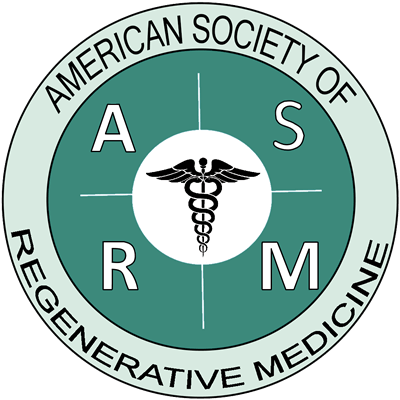Unlocking the Axolotl’s Regenerative Code: Implications for Human Limb Regrowth
Published 2025-07-03
A team of developmental biologists has made a significant leap in understanding the axolotl's exceptional regenerative capacity, revealing a genetic roadmap that may one day inform human tissue regeneration. Published in Science, the study maps out how axolotls reactivate specific embryonic genes and signaling pathways—most notably LIN28 and mTORC1—to initiate limb regrowth without scarring or fibrosis. Using single-cell RNA sequencing and in vivo lineage tracing, the researchers identified transient progenitor cell populations that orchestrate blastema formation and patterning—a process still elusive in mammalian systems.
This discovery opens avenues for reprogramming adult human cells into regeneration-permissive states, potentially enabling limb or complex tissue regrowth post-injury. By modulating key developmental pathways, such as Wnt and Hippo, in human stem or progenitor cells, future therapies may emulate the axolotl’s scarless repair mechanisms. While translational hurdles remain, particularly in scaling and controlling such processes in humans, this research underscores the evolutionary insights that non-mammalian models continue to offer in advancing the frontiers of regenerative medicine.
Search our Directory
AABRM Members are not only experts in regenerative medicine but offer a wide range of related products, services and related-procedures in that field. Search our extensive Member Directory to find a Member near you.
Member Directory